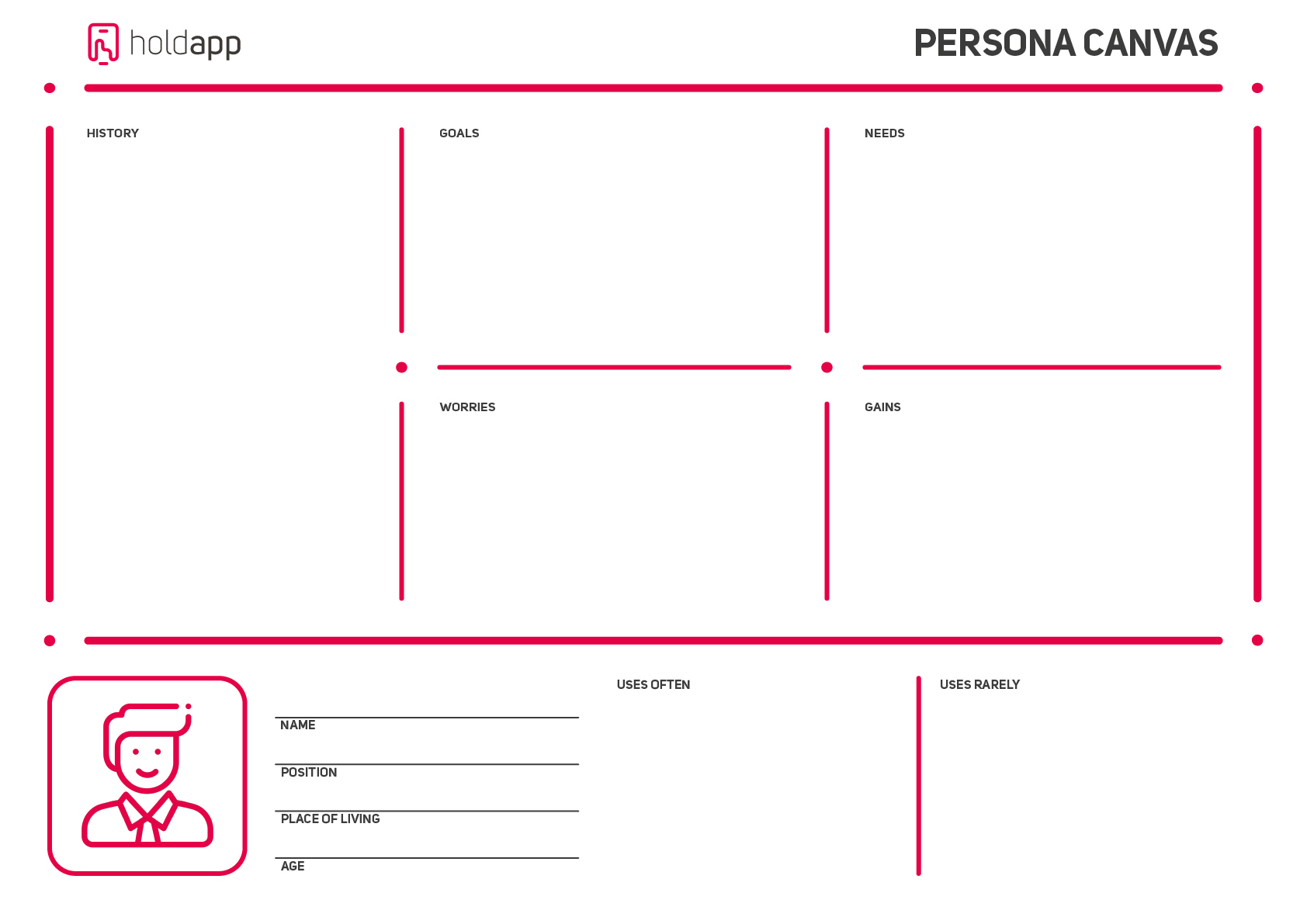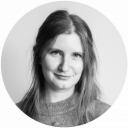What Can You Expect from the Product Discovery Workshops? Examples of Activities for Teams

Let’s say you contact a software development agency. The conversation starts with you explaining the idea for the app. Then, you ask the essential question:
How much will it cost to build this?
Instead of a direct response, you’ll probably get many follow-up questions about the target audience, business goals, special requirements, additional functionalities, etc.
You may come to the conclusion that you don’t know the precise answers to most of these questions. Your concept wasn’t as detailed as you presumed. So, what should you do?
The agency can suggest something called the Product Discovery workshop.
Get to know the examples of activities that can be involved in such a workshop and find out how your entire app project can benefit from it.
Key takeaways
- A Product Discovery workshop is a meeting (or a series of meetings) with the representatives of the app development team and the client’s team.
- A Discovery workshop focuses on three main areas: business, users, and technology.
- It’s a type of UX workshop that helps in saving costs and time by avoiding the implementation of unnecessary features, achieving a better product-market fit, protecting against risks, and creating a clear vision for the project.
- It involves various activities, depending on its primary objective. For example, discussing user personas, filling out the Unique Value Proposition Canvas or Lean Canvas, brainstorming exercises, etc.
- Before the workshop, the team conducts a thorough market and user research to discover as much information as possible.
What is a Product Discovery workshop?
The Product Discovery workshop is when your team meets the development team to unravel new opportunities for your product. It’s a type of UX workshop.
It usually connects three worlds – the one of users, business, and technology.
The goals of every workshop may differ slightly. Sometimes, the teams just want to organize and analyze all their ideas. Some companies want to develop new concepts, while others aim to improve their product vision to ensure it’s technically feasible and meets market needs.
How is it possible to achieve such various goals?
Through a set of meticulously selected activities and prior market and user research.
Teamwork also plays a vital role during the workshop. Participants need to learn from each other. That’s why we invite professionals specializing in different fields, such as UI/UX design, testing, and app development. This way, we can look at the project from various perspectives.
Usually, we focus on three main areas:
- Business – the app must allow your startup or enterprise to grow. We should keep this in mind when working on the project scope.
- Users – we need to know their problems to develop solutions that meet the target groups’ needs.
- Technology – we evaluate the ideas, check if they’re feasible to execute (and at what expense), and eventually, suggest alternatives.
Benefits of conducting a UX workshop
Cost and time savings
- We all work on a product vision to ensure it aligns with business and user needs. So, later, we don’t waste time and budget on developing unnecessary features that won’t get us any closer to our objectives.
- Developers analyze every solution from a technical perspective. So they can choose the best option that serves their purposes, and its execution only takes as long as necessary.
Better product-market fit
- Participants create the final product vision based on competitor analysis, among other sources. As a result, we can offer a unique value compared with other solutions available on the market.
- We prioritize our ideas and adjust the MVP (Minimum Viable Product) to the crucial users’ needs identified during the research and analysis.
Protection against risks
- Milestones are set after a thorough technical analysis when both the backend and frontend engineers agree on specific solutions.
- We draw attention to elements that might be risky and then try to find alternative options.
Clear vision
- Thanks to a workshop, we’re all on the same page. Everyone on the team knows the project assumptions.
- We get a well-thought-out plan for future product development. The whole team looks at the product vision from various angles and discuss it to develop a shared understanding.
Now that you know why the workshop is worth considering, let’s see what kind of activities allow you to achieve your goals.
Examples of activities
We’ll level with you: there are so many different activities that it’s hard to foresee which ones exactly will be on your Product Discovery workshop agenda.
Nevertheless, these examples should give you an idea of what the workshops can look like and how important it is to provide the required information.
Preparations
The workshop doesn’t start when all the participants meet together. Preparations begin much earlier.
First, we do the research. We need the information that will tell us more about the business and users. We also identify what we DON’T know – things we should look into during the workshop sessions. It enables us to create the agenda and prepare the activities.
How do our clients contribute at this point?
Brief
We send you a document with fundamental questions about your business, users, and the software development project you want to start. We also ask for additional resources that can come in handy, such as industry reports or analytics data.
A brief is a valuable information source that can tell us a lot about your company and a potential target group for a new app.
User personas
Another vital source of information. User personas represent your groups of potential users. They explain their world to us. We learn about their lifestyle, needs, problems, and motivations that make them want to overcome the obstacles.
Don’t worry if you think your existing knowledge about the users could be more extensive. We always do additional research to uncover as many potentially valuable insights and facts as possible.

Understanding the current state
When the research is done, the participants meet together. On the first day, at the very beginning of the workshop, we analyze the collected information to get a complete picture of the current situation.
Then, we discuss a product vision based on these insights. We finish this stage by formulating the core value propositions of our future app.
Assumption Mapping
During this exercise, the team shares their hypothesis regarding the product. Participants discuss what people want, whether it’s feasible to execute some ideas, and if it’s even recommended. This way, we can verify the initial assumptions and determine what we should focus on in the upcoming stages of the product discovery process.
Lean Canvas
Lean Canvas is an alternative to a traditional Business Plan template. It consists of several fields that concentrate on problems and solutions, advantages, key success metrics, and user segments, among others.
This tool helps us gather all the essential info in one place. We can update this canvas throughout the entire workshop and improve the product vision based on new insights and ideas.
Creating solutions and developing the vision
This phase of the UX workshop involves improving the product vision, discovering opportunities, and developing new solutions. It should be based on the information discussed earlier.
Unique Value Proposition canvas
Thanks to prior research, we already know what users want to do, how they’d like to feel, and their social and emotional needs. We also understand what prevents them from achieving their goals. So, what should we do about it? First, let’s organize all this info about users and analyze it.
UVP canvas makes it easier to find solutions to users’ problems and helps us generate ideas for new opportunities the app can offer. As a result of this activity, we determine the unique product values.
Benchmarks & Competitor Analysis
Your app will compete with other products available on the market. Competitor analysis shows us what solutions are popular and people are used to them, so they’re worth consideration. It also helps us find the gap that we can fill.
Benchmark analysis focuses on inspirations. There may be an app with a completely different purpose, but it has some original features that could be used in our project. Analyzing other apps will help us find such ideas.
Prioritization during the Product Discovery workshop
At this point, participants usually have many ideas. However, only some of them can and should be in the MVP. We must choose the necessary ones and decide what is just a nice-to-have feature.
Affinity Mapping
It’s a relatively easy task. The project team divides all ideas into groups (a.k.a. clusters).
Then, participants talk about each cluster and discuss their propositions. At the end of this task, they often vote for the best options that should be in the final project scope.
MoSCoW method
After the team members have organized their propositions of solutions, they can move on to further prioritization. The MoSCoW method makes it easier. Participants divide ideas into four categories that refer to the MVP: must have, should have, could have, and will not have.
It is best to do this activity with software developers because they can tell you immediately if your ideas are easy or hard to execute.

Visualization
Sometimes, it helps to see what the process of using the app may look like, especially when the team wants to ensure that every critical aspect has been taken care of.
User flow
The easiest way to visualize main user paths is to present them on a diagram. It clearly shows all possible actions users can take in the app.
A user flow diagram allows you to spot elements that still need attention. It can also reveal features that seem unnecessary when juxtaposed with other options.
User journey mapping
Another option that allows us to see how people can use our app. Only in this case, we take emotions into account. The user journey map presents the entire user path in a context. It usually starts when a problem arises, and they must use a solution like our app.
This map shows the elements that evoke happiness, irritation, or even sadness. We can use user journey mapping to evaluate the processes in the app.

What happens after the UX workshops?
When we have the product vision figured out in detail, software developers conduct a thorough technical analysis. Usually, small changes need to be made to the project scope. When you approve the final version of the MVP, we move on to the cost estimation.
The results of the Product Discovery workshop play an important role in the entire app development lifecycle. It’s the best way to identify the key product features that real users will appreciate.
You can share the results of the Discovery workshops with your key stakeholders to show them what they can expect as a result of your app project.
We hope you now better understand the Product Discovery workshop and its meaning in the app development project. If you have any questions, feel free to contact us.
At Holdapp, we can organize remote workshops for your team and collaborate online in a way that is convenient for you.







